how to replace bulb led stage lighting | Insights by LQE
- How to Replace Bulbs in LED Stage Lighting: A Comprehensive Guide
- 1. What Are the Common Types of LED Stage Lighting Fixtures?
- 2. How Do I Safely Replace a Bulb in an LED Stage Lighting Fixture?
- 3. How Do I Identify the Correct Replacement Bulb for My Fixture?
- 4. Are There Any Safety Precautions I Should Take When Replacing LED Stage Lighting Bulbs?
- 5. How Can I Extend the Lifespan of My LED Stage Lighting Bulbs?
- 6. What Are the Benefits of Using LED Bulbs in Stage Lighting?
- 7. How Do I Replace a Damaged or Burnt-Out LED in a Stage Lighting Fixture?
- 8. What Are the Advantages of Choosing LQE for My LED Stage Lighting Needs?
How to Replace Bulbs in LED Stage Lighting: A Comprehensive Guide
Replacing bulbs in LED stage lighting fixtures is essential for maintaining optimal performance and ensuring the safety of your equipment. This guide provides a step-by-step approach to assist you in the process.
1. What Are the Common Types of LED Stage Lighting Fixtures?
LED stage lighting fixtures come in various types, each designed for specific applications:
PAR Lights: Parabolic Aluminized Reflector lights, or PAR lights, are widely used in stage lighting for their durability and high output. They are often employed in rock and roll shows, theater productions, and special effects due to their low cost and easy maintenance.
Track Lighting: These fixtures consist of a track with multiple adjustable heads, allowing for versatile lighting arrangements.
Recessed Lighting: Installed into the ceiling, recessed lights provide a clean and modern look, often used for ambient lighting.
Understanding the type of fixture you have is crucial, as it determines the bulb type and replacement procedure.
2. How Do I Safely Replace a Bulb in an LED Stage Lighting Fixture?
Follow these steps to safely replace a bulb:
Turn Off the Power: Ensure the power to the lighting fixture is turned off to prevent electrical hazards.
Allow the Bulb to Cool: LED bulbs remain cool to the touch, but it's advisable to wait a few minutes after turning off the light to avoid any residual heat.
Access the Bulb: Depending on the fixture, you may need to remove a cover, globe, or shade. Use appropriate tools to do this safely.
Remove the Old Bulb: Gently grasp the bulb and turn it counterclockwise to loosen it from its socket. If it's a bayonet or twist-lock bulb, push it slightly upwards and twist it counterclockwise to disengage.
Install the New Bulb: Align the new bulb with the socket, insert it, and twist it clockwise until secure. For bayonet or twist-lock bulbs, push it into the socket and twist it clockwise until it locks into place.
Reassemble the Fixture: Replace any covers or shades that were removed, ensuring they are securely fastened.
Restore Power and Test: Turn the power back on and test the new bulb to ensure it functions correctly.
3. How Do I Identify the Correct Replacement Bulb for My Fixture?
To select the appropriate replacement bulb:
Check the Fixture Specifications: Refer to the manufacturer's guidelines for recommended bulb types, wattage, and base types.
Match the Bulb Type: Ensure the replacement bulb matches the type of your fixture, such as PAR, track, or recessed lighting.
Verify Compatibility: Confirm that the new bulb is compatible with any dimmer switches or control systems in use.
Consider Energy Efficiency: Opt for LED bulbs with high energy efficiency to reduce operational costs.
4. Are There Any Safety Precautions I Should Take When Replacing LED Stage Lighting Bulbs?
Yes, consider the following safety measures:
Use Proper Tools: Utilize appropriate tools to access and replace the bulb, especially when dealing with fixtures that require disassembly.
Handle Bulbs Carefully: Avoid touching the LED components directly to prevent damage.
Dispose of Old Bulbs Properly: LED bulbs contain electronic components that can be harmful to the environment. Many municipalities have recycling programs for old bulbs. Check with your local waste disposal facility for guidance.
5. How Can I Extend the Lifespan of My LED Stage Lighting Bulbs?
To prolong the life of your LED bulbs:
Regular Maintenance: Periodically inspect fixtures for dust and debris, and clean them as needed.
Ensure Proper Ventilation: Adequate airflow around the fixture helps dissipate heat, reducing strain on the bulb.
Use Compatible Dimmers: If your system includes dimmer switches, ensure they are compatible with LED technology to prevent flickering and potential damage.
6. What Are the Benefits of Using LED Bulbs in Stage Lighting?
LED bulbs offer several advantages:
Energy Efficiency: LEDs consume less power compared to traditional bulbs, leading to cost savings.
Long Lifespan: LEDs typically last between 15,000 to 25,000 hours, reducing the frequency of replacements.
Low Heat Emission: LEDs emit less heat, minimizing the risk of overheating and potential fire hazards.
Instant Lighting: LEDs provide full brightness immediately upon being turned on, without warm-up time.
7. How Do I Replace a Damaged or Burnt-Out LED in a Stage Lighting Fixture?
To replace a damaged LED:
Turn Off the Power: Ensure the fixture is disconnected from the power source.
Access the LED Module: Depending on the fixture, you may need to remove covers or panels to reach the LED module.
Remove the Damaged LED: Carefully detach the damaged LED, noting its orientation and any wiring connections.
Install the New LED: Position the new LED in the same orientation, connect any wiring, and secure it in place.
Reassemble the Fixture: Replace any covers or panels that were removed.
Restore Power and Test: Turn the power back on and verify that the new LED operates correctly.
8. What Are the Advantages of Choosing LQE for My LED Stage Lighting Needs?
LQE offers several benefits for your LED stage lighting requirements:
High-Quality Products: LQE provides durable and reliable LED lighting solutions designed for optimal performance.
Energy Efficiency: Their products are engineered to consume less power, resulting in cost savings over time.
Long Lifespan: LQE's LED bulbs have extended operational lifespans, reducing the frequency of replacements.
Comprehensive Support: LQE offers excellent customer service and technical support to assist with installation and maintenance.
By choosing LQE, you ensure that your LED stage lighting system remains efficient, reliable, and cost-effective.
Distributor
How can I apply to become a distributor?
Simply fill out the contact form on this page or email us directly with your company information, market background, and cooperation intention. Our sales team will get in touch with you within 1–2 business days.
Can LQE help with product training and technical guidance?
Absolutely. We offer remote training sessions, user manuals, installation guides, and continuous technical support to help your team understand and sell our products with confidence.
What support does LQE offer to its distributors?
We provide our distributors with a full package of support, including:
Marketing materials and product catalogs
Technical training and manuals
Fast-response after-sales service
Exclusive regional pricing and policies (for qualified partners)
Priority access to new products and updates
1000w
Can I Have a Sample Order for an LED DJ Light?
Sure, sample order are welcome to test and check LQE quality. Mixed samples are acceptable.
What Kind of Certificates You Offer?
All kinds of certificates could be offered by LQE digital moving light factory, which depends on customer’s required, different pricing plan for different approval.
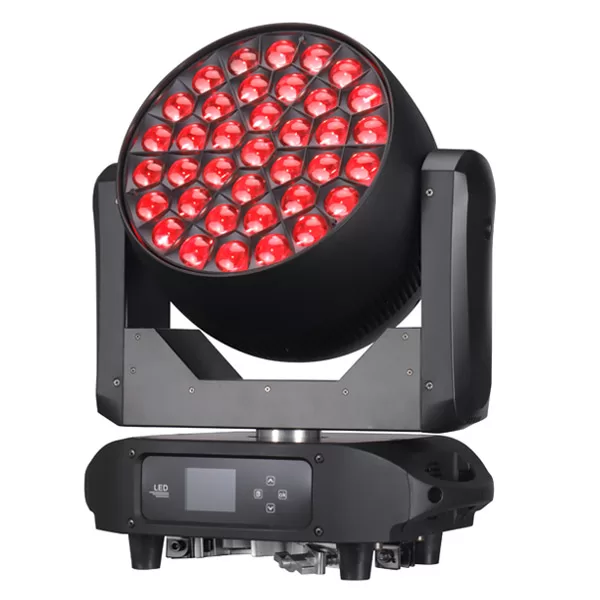
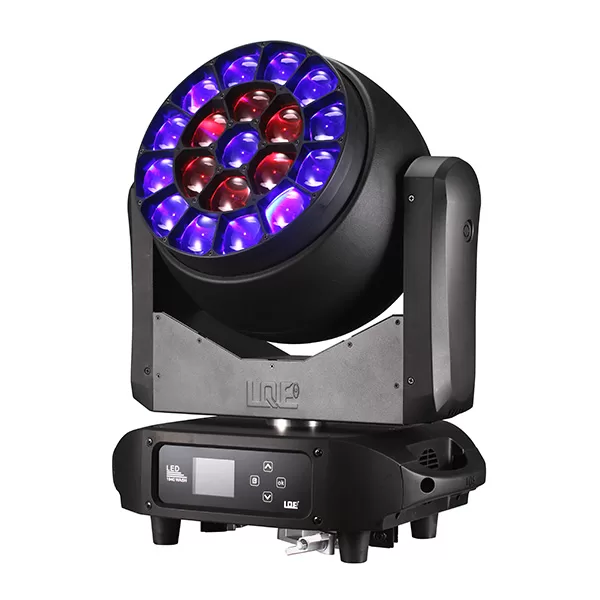
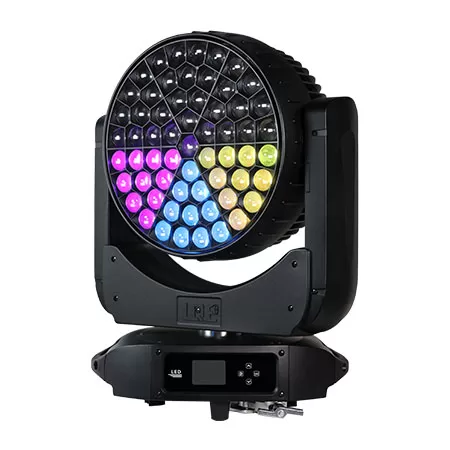
Want to learn more information?
[Reach out to us and receive professional guidance, a personalized quote, and the best solution for your needs.]

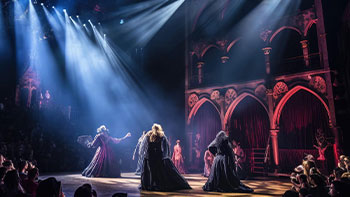
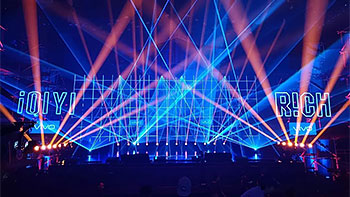
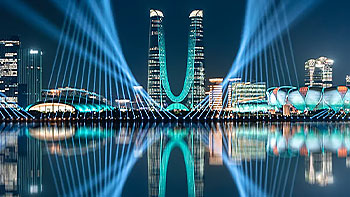
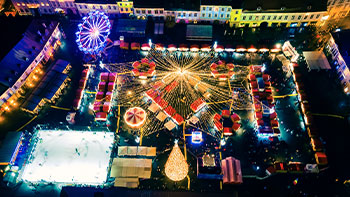
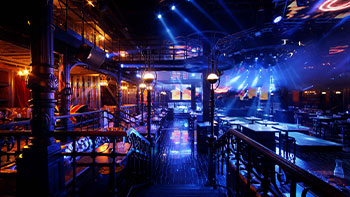
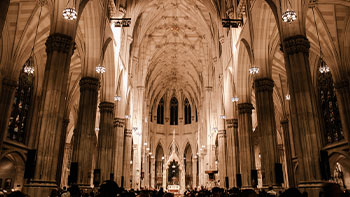






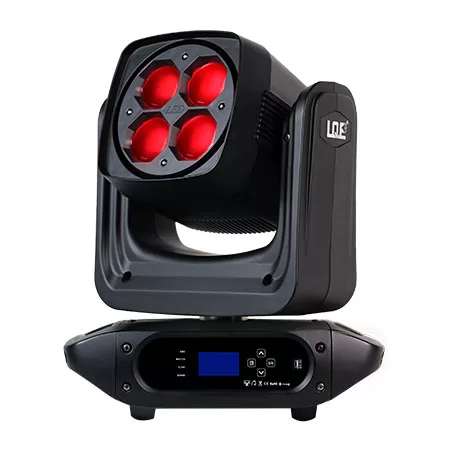
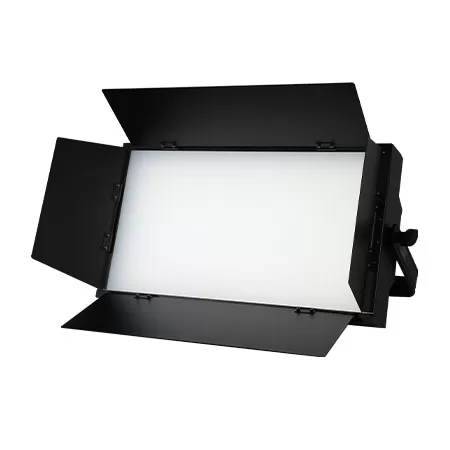
Linkedin
YouTube
Whatsapp: +8618924548390
TikTok